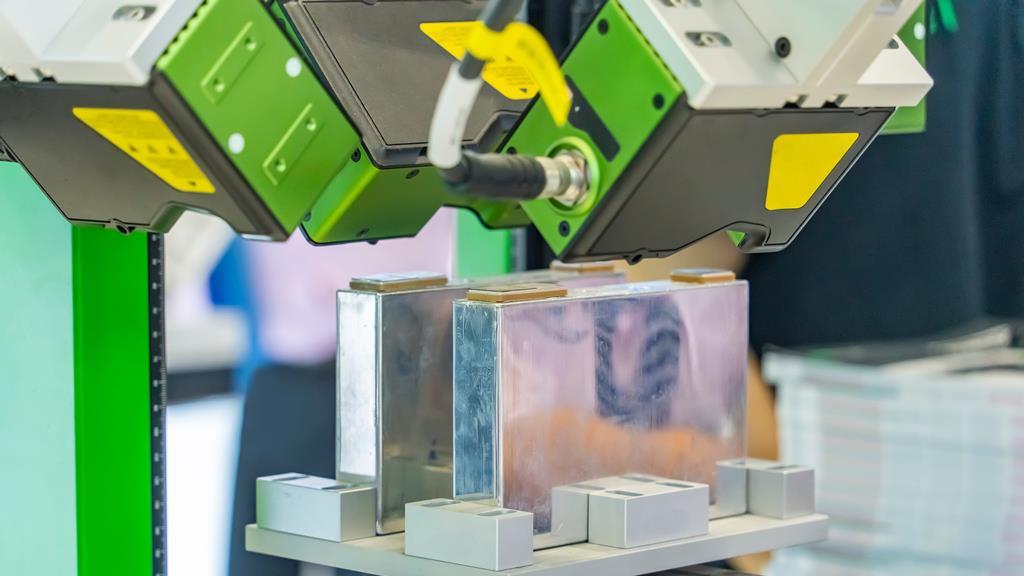
The Chemistry Behind Battery Reconditioning Chemicals and Their Benefits
The world runs on batteries, powering everything from our smartphones to our electric vehicles. However, these batteries have a finite lifespan, eventually losing their capacity to hold a charge. While replacing a battery might seem like the only solution, battery reconditioning offers an alternative. This process involves using specialized chemicals to rejuvenate the battery, restoring its performance and extending its life. While not a miracle cure for all batteries, reconditioning can be a cost-effective way to breathe new life into your old batteries.
The Science Behind Battery Reconditioning
Battery reconditioning relies on a complex interplay of chemical reactions and physical processes to address the issues that lead to battery degradation. Here's a breakdown of the key components:
Sulfation: The Battery's Enemy
Lead-acid batteries, commonly found in cars, are susceptible to a phenomenon called sulfation. Over time, lead sulfate crystals accumulate on the battery plates, hindering the flow of electrical current. These crystals act like insulators, blocking the chemical reactions needed for energy storage. This process is accelerated by factors such as prolonged periods of low charge, extreme temperatures, and overcharging.
Reconditioning Chemicals: The Solution
Battery reconditioning chemicals are designed to address the issue of sulfation. These specialized solutions typically contain a blend of compounds like:
- Sulfuric Acid: The primary component of the electrolyte, sulfuric acid is crucial for the battery's chemical reactions. It helps to
The specific composition of the reconditioning chemicals can vary depending on the manufacturer and the type of battery being treated.
The Benefits of Battery Reconditioning
Reconditioning offers a number of advantages over simply replacing a battery:
- Cost Savings: Reconditioning is generally less expensive than buying a new battery.
- Extended Lifespan: A reconditioned battery can often provide several more years of service.
- Environmental Sustainability: Reconditioning reduces the need for battery disposal, contributing to a greener environment.
Important Considerations
While battery reconditioning can be a valuable solution, it's crucial to understand its limitations. Not all batteries are suitable for reconditioning. For example, batteries that are severely damaged or have experienced complete failure are unlikely to respond well to the process. Additionally, it's important to use high-quality reconditioning chemicals and follow the manufacturer's instructions carefully.
Overall, battery reconditioning offers a cost-effective and environmentally friendly option for extending the lifespan of your batteries. However, it's essential to carefully assess the condition of your battery and weigh the potential benefits against the potential risks before attempting this process. Consulting with a qualified automotive technician or battery specialist can help you make an informed decision.
0 comments:
Post a Comment
Note: Only a member of this blog may post a comment.